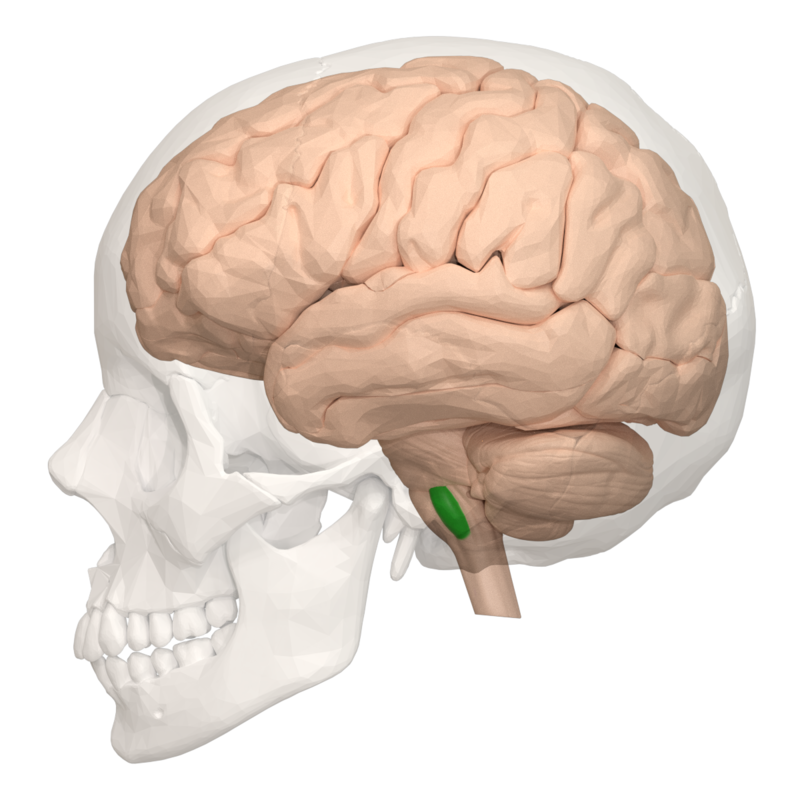Note that your final mark will not be saved in the system.
C3–C4 Lung Volumes and Control of Breathing GapFill
You must fill all the gaps before clicking ‘Check Answers!’

The need for energy to fuel exercise means that the demand for oxygen is increased at the working muscle, and the respiratory system plays in an important role in meeting these demands. Neural and chemical factors are involved in regulating the number of breaths per minute ( ) in order for this to increase during exercise and make more oxygen available for gaseous exchange at the lungs.
Neural factors – These involve various receptors that detect physiological changes to the body in the transition from rest to exercise. These receptors send a message to the respiratory control centre in the brain, known as the . This responds by sending messages (nerve impulses) via neurons to the respiratory system, increasing the number of breaths in accordance with the magnitude of these changes.
- Thermoreceptors detect an increase in during exercise.
- Mechanoreceptors detect changes in stretch due to an increase in at the onset of exercise.
- Proprioceptors are sensory receptors that respond to during exercise, also stimulating nerve impulses to increase the number of breaths during exercise.